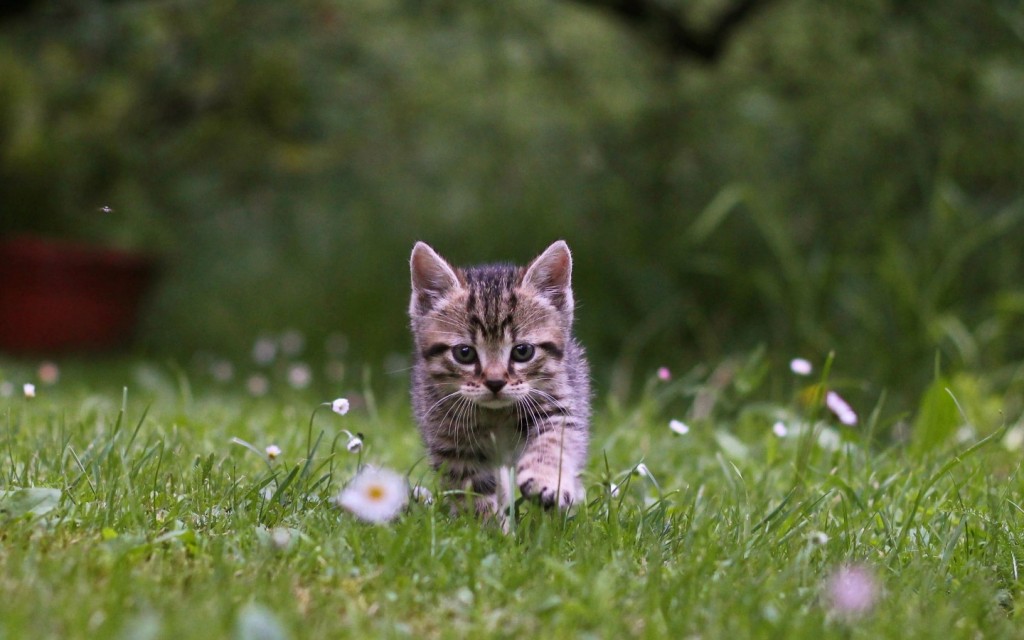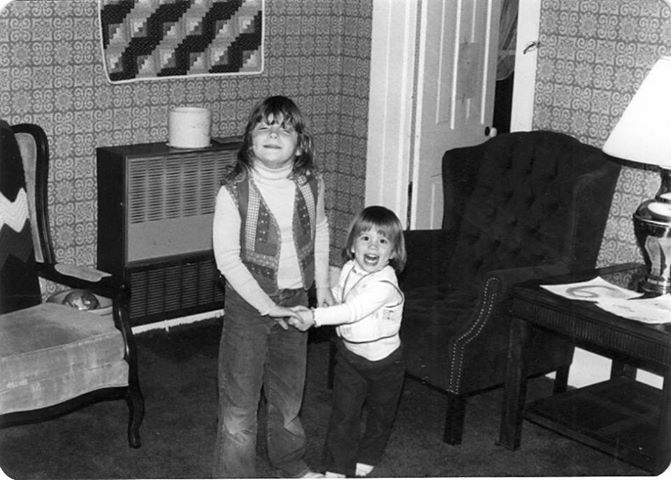
I wish I had more cause to use the word “sylvan” on a regular basis. Sylvan means “of the forest” and it’s a well-formed adjective if you ask me, a real looker. I’m also fond of it because it’s the root word in the name Sylvanian, as in The Sylvanian Families, the line of woodland creature miniatures that experienced huge popularity in the US in the late 1980s. I was a child in the late 1980s and my sisters and I had a handful of Sylvanian Family characters. Did we love anything more than these toys? Maybe we loved our mother more.
Maybe.
The Sylvanian Family toys are achingly adorable. They defy the laws of cute. Somewhere, there toy designers responsible for these things are doing time for crimes against humanity. For one thing, Sylvanians are perfectly sized: around two to five inches tall, depending on the character. They all wear finely made clothes — pinafores, little overalls, kerchiefs. They’re plastic, but they’re soft. They have like, a soft little pelt of fur on them. They have little black eyes that are either glistening with love for you or sparkling with general jolliness, depending on the light in the play room.
Sylvanians are grouped first into species; in my day, that meant rabbits, squirrels, beaver, hedgehogs, bears, foxes, raccoons, deer, and mice. These days, the company who makes them** has more animals on offer, including freaking meerkats. Within the species there are different families with the most wonderful names, e.g., The Timbertop Family (bears), The Dappledawn Family (rabbits), and The Thistlethorn Family (mice.) Within the families are the individuals (e.g., Brother Dexter Pepperwood, Sister Magdelena, Baby Aiden, etc.) and they all have their little character descriptions.
As it turns out, The Sylvanian Families toy line originated in Japan. When I read that, everything made sense. The Japanese do seem to have a lock on cute. The word “kawaii” means “cute” in that culture and even the word “kawaii” is cute. You can really take those double “ii’s” into a high register. It’s perfect for those moments when you see a figurine that is a tiny mouse baby with a diaper on and her own teensy baby bottle.
There t’wernt a lot of money in the ol’ Fons household back when we were kids playing with toys, but before the divorce came in and effectively closed the toy box, we scored a few rabbits and foxes and a couple mice, I think. My sister and I were reminiscing about the Sylvanian Families today and also about taking a trip together. We could use a little bonding time, a little one-on-one. We’re all grown up now and it takes planning to make plans.
We were thinking about locales when it came to me: “Wait a minute,” I said to my sister, clicking and clacking on my computer. “There’s a Sylvanian Families store in London.”
“Well,” said my sister, “Maybe we should go to London.”
We may just. If we do go, it will be in December and it won’t be a terribly long trip. London is expensive, I’m only able to eat hamburger patties for a year or so, and it’ll be chilly at the Thames that time of year. But I can sip tea with my sister. And we can talk about the blue shag rug at the farmhouse. And we can buy a few little mice while we’re in town.
**The story of the manufacture of these toys is long, long, long and complex and confusing. Many companies have owned the line and its knock-offs and licensed etcetera. Wikipedia is there for you if you seek the deets.


